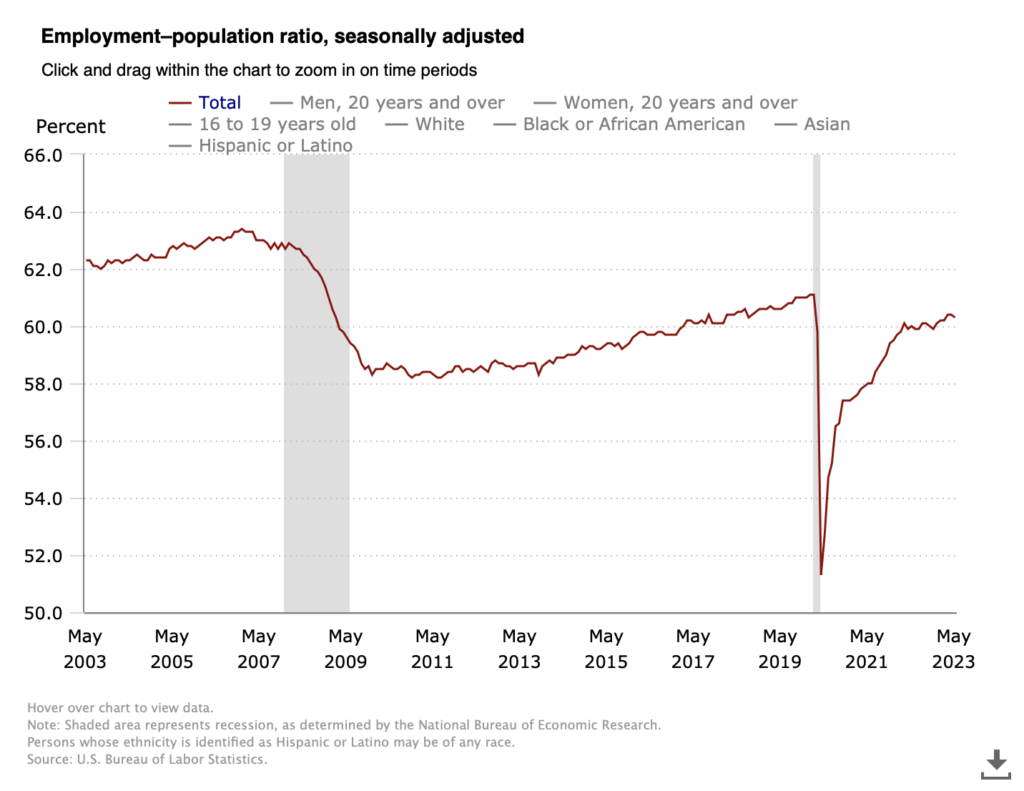
Note: I used the AI Assist Drafting in Notion to generate some topics and content blocks.
As a business owner or manager, hiring the right people is crucial for the growth and success of your company. However, the tight employment market and decreasing potential candidates pose a significant challenge. The COVID-19 pandemic has only accelerated this looming issue. The potential candidate pool is steadily decreasing due to the low birth rate, retirement rates, and existing employment structures. To address this problem, companies need to collaborate and partner with other companies, industries, educators, and legislatures. However, implementing a few organizational changes can also immediately improve your ability to acquire, develop, and retain talent. Find out more about these changes in this month’s article.

What’s The Problem?
The COVID-19 pandemic only accelerated a looming issue in the talent market – fewer potential candidates. Figure 1 shows the US birthrate since 1950, with UN projections from now until 2100. Figure 2 shows the participation rate in the US workforce of persons aged 15-24 from 1990-2023. These charts show that the number of new people starting their careers is decreasing. The all-age participation rates dropped dramatically in 2019 and have not returned to their pre-pandemic levels (Figure 3.) Retirement rates have also slowly increased.[4] All this data confirms our experience that the potential candidate pool is steadily decreasing.



A smaller workforce is not the fall of civilization, as some pundits proclaim. Stephanie Murray of FiveThirtyEight.com notes that “low fertility poses some advantages: easing ecological pressures, preventing overcrowding, and reducing the infrastructure costs that come with a growing population.” [5] Some public policy changes can also help – check out her article if you are motivated to contact your elected representatives. Reactivating people currently disengaged from the workforce (see Figures 2 and 3) will likely take multi-partner engagement to support increased investment in the people already available.
Another aspect of the problem is our existing company employment structures and preconceived notions about employees. First, recognize that your generational cohort’s experience of received information and experiences differs significantly from other cohorts. A good example is the much-touted differences between Baby Boomers and Generation X. If you aren’t aware of generational differences, look at this valuable infographic from Purdue Global University. Second, your company’s career ladders and job descriptions may be outdated and will likely emphasize traditional degrees rather than knowledge, skills, or abilities. Such frameworks punish diverse applicants and existing employees who have extensive specialized knowledge about your company and industry. Strict reliance on post-secondary degrees as a gatekeeping device severely limits your ability to engage more diverse applicants, a restriction that will hamper your company’s freedom to operate. [6] Third, most companies have put little thought into their total Employee Value Proposition (EVP). Failure to confirm industry-standard benefits or consider solutions to actual employee problems will put your job offers and retention potential in last place. Finally, speed is essential, and any existing processes that add hours, days, or weeks to your selection or confirmation process will leave you with candidates exiting due to faster offers from a more people-centered organization.

What’s the Solution?
This challenge is more significant than any single company can address, and long-term, scalable solutions will require collaborations and partnerships between companies, industries, educators, and legislatures. However, implementing a few organizational changes can improve your ability to acquire, develop, and retain talent immediately. Here are seven ideas to get you started.

Define Your Company Culture
Before hiring, it’s essential to understand and state your company’s culture and values clearly. Defining them will help you attract candidates who fit well and share your organization’s vision. Take some time to define what your company stands for, your goals, and what kind of work environment you want to create. Make sure you understand how your current employees experience company culture. If there is a disconnect between your vision and reality, you’ll have to fix that before you launch your updated brand. Poor company culture is a top reason talent leaves and a significant contributor to underperformance in employees who stay. Stop the bleeding by aligning your actual culture with the desired culture and monitor the employee experience to make regular adjustments. Once the culture and values are evident and functioning, share this information with your recruiters and ensure your job postings and interviews reflect your company vision.

Value Skills and Potential Over Qualifications
When evaluating candidates, looking beyond their qualifications and experience is essential. While these factors are important, they don’t necessarily predict success in a specific role or within your company culture. Becoming a skills-based organization will help your company outperform your peers. Decoupling work from a job description can free people to see themselves as whole individuals with skills and capabilities they can use to match their interests and changing business needs. Furthermore, organizations that base people decisions on skills over jobs make their operations scalable, manageable, and more equitable. [7] Changing to a skills-based organization is a tall order, so I recommend you start small:
- Defining a skills framework and validation method is a good start, particularly with practices closely connected to skills (learning and development or internal mobility are two examples).
- Find your most significant workforce practice pain point and use it as a pilot project.
- Engage your current employees in the transformation.
Focus on identifying internal candidates who have the potential to grow and thrive in your organization. Look for people who are curious, adaptable, and who have a growth mindset. See how their existing skills map to new assignments and can be measured. Early adopters will lead the changes that best fit your company’s culture and values.

Prioritize Diversity, Equity, and Inclusion
Diversity, equity, and inclusion should be a top priority for any organization that wants to succeed in the long term. Diverse organizations outperform their less broadly representative peers. A diverse workforce brings a variety of perspectives and experiences to the table, which can lead to better decision-making and innovation. Organizations incorporating equity and inclusion in their cultural systems have improved employee motivation and satisfaction and increased customer insight and innovation. Options for fostering an inclusive workplace include strengthening leadership accountability and capabilities, promoting openness, addressing microaggressions, bias, and discrimination, and fostering openness. [6] Design your hiring process to attract candidates from various backgrounds and experiences and prevent them from being eliminated in the selection process. Consider partnering with organizations focusing on diversity and inclusion to help you find qualified candidates. Finally, address any elements of your culture that discourage fairness and inclusivity.

Invest in Onboarding
Start using standardization (think 5S or Lean Six Sigma) to shorten your hiring process. Don’t lose those ideal candidates because your process takes twice as long as your competitors. Once you’ve hired new employees, have a robust onboarding process to help them feel welcome and supported as they start their new roles. Good onboarding is more than just completing necessary HR paperwork and checking off a list of training in the learning management system. An employee-first process should include orientation sessions and mentorship opportunities, which help your new employees get up to speed quickly and feel confident in their roles. Creating informal networking opportunities for employees hired within a specified period to meet and share experiences is a powerful way to create cross-department bonds. These informal groups have positively impacted the inclusion and retention of diverse candidates. Having all new hires, regardless of position, participate in an activity essential to company performance establishes a joint base for later engagement and interaction. I strongly support adding basic handwashing training to the onboarding programs in all biotechnology/bioscience companies!

Develop Your Current Employees
While hiring new employees is important, it’s also essential to invest in the development of your current staff. Thoughtful changes to your current tactics help you retain talented employees and create a culture of growth and learning. The average cost of recruiting new employees is nearly $4,700; however, this doesn’t include the time HR and managers invest in hiring. Nor does it reflect the soft costs of decreased team productivity, increased emotional toll, or cost of competition. [8] Offer training and development programs, mentorship opportunities, and opportunities for employees to take on new challenges and responsibilities. Take a fresh look at your benefits programs and incorporate changes to enhance how and when employees access education pathways. Find opportunities to offer short-term assignments using skills- and interest-based evaluation to select candidates. Value company experiences more highly since internal candidates have knowledge that is difficult to transfer.
Craft and Deliver Your Total Employee Value Proposition (EVP)
I’m puzzled that companies spend a large budget to market and sell their products or services yet often fail to sell what makes their company unique to potential employees. Causes for this gap include a failure to develop a compelling Total EVP to replace the more common industry-standard approach. But it’s also a gap in using well-known sales tactics to develop trust in your company before recruitment. It takes 16-17 touches to develop enough knowledge to establish trust in an organization. What do those touches look like for your company? Are you being seen by the candidates you desire? Do poor company reviews on job sites damage your reputation? You’ll need to work on the first six ideas and share those changes publicly to overcome a negative first impression.

Conclusion
Hiring for your company’s future requires a strategic approach prioritizing culture, diversity, and employee development. By focusing on these areas, you’ll be able to attract and retain talented employees who will help your organization grow and succeed. With the proper hiring and onboarding processes, you can build a solid, dynamic team that will carry your company forward for years. Don’t wait to start – your transformational team is out there now!
References
[1] Macrotrends U.S. Birth Rate 1950-2023, accessed June 26, 2023. https://www.macrotrends.net/countries/USA/united-states/birth-rate
[2] Macrotrends U.S. Labor Force Participation Rate 1990-2023 Ages 15-24, accessed June 26, 2023.
[3] U.S. Bureau of Labor Statistics, U.S. Civilian Labor Force Participation Rate All Ages, accessed June 26, 2023. https://www.bls.gov/charts/employment-situation/civilian-labor-force-participation-rate.htm
[4] Congressional Research Service, “Retirement Trends in United States, 2000-2022.” June 22, 2022. https://crsreports.congress.gov/product/pdf/IN/IN11959
[5] Stephanie H. Murray, “How Low Can America’s Birth Rate Go Before It’s A Problem?” Accessed June 26, 2023. https://fivethirtyeight.com/features/how-low-can-americas-birth-rate-go-before-its-a-problem/
[6] McKinsey & Company, “What is diversity, equity, and inclusion?” Accessed June 26, 2023. https://www.mckinsey.com/featured-insights/mckinsey-explainers/what-is-diversity-equity-and-inclusion
[7] Deloitte, “The Skills-Based Organization: A New Operating Model for Work and the Workforce.” November 2, 2022. Accessed July 7, 2023. https://www.deloitte.com/global/en/issues/work/skills-based-organizations.html
[8] Katie Navarra, “The Real Costs of Recruitment.” Society for Human Resource Management, April 11, 2022. Accessed July 7 2023. https://www.shrm.org/resourcesandtools/hr-topics/talent-acquisition/pages/the-real-costs-of-recruitment.aspx
Do you want to read more articles by Katrina? Subscribe to her Newsletter “Thinking Kat“.
